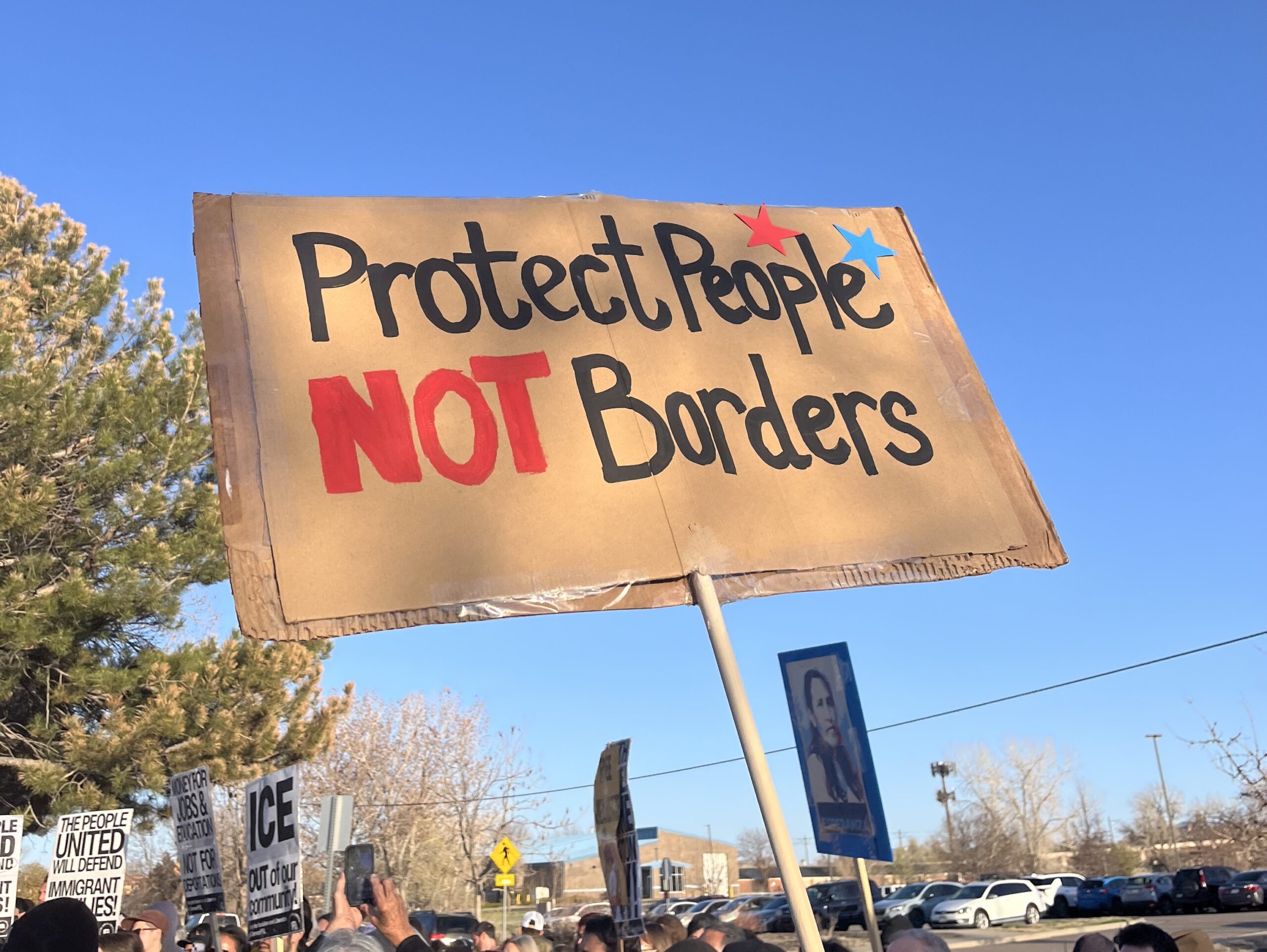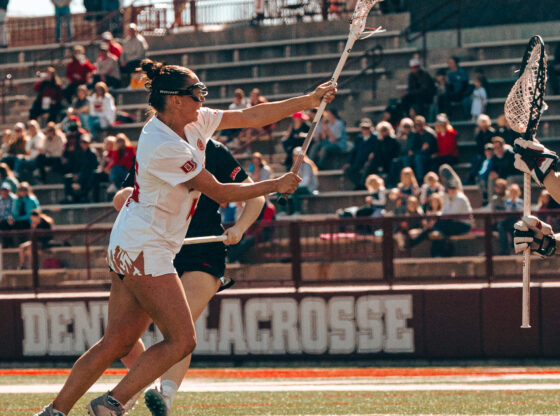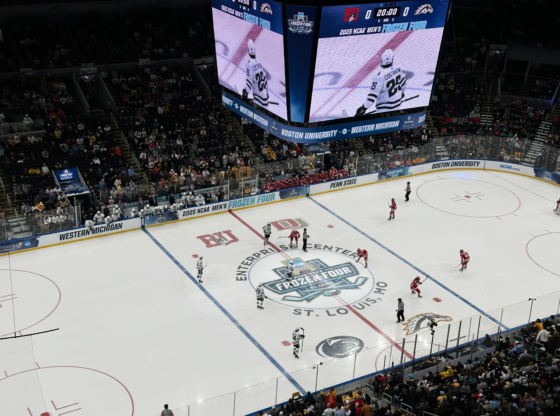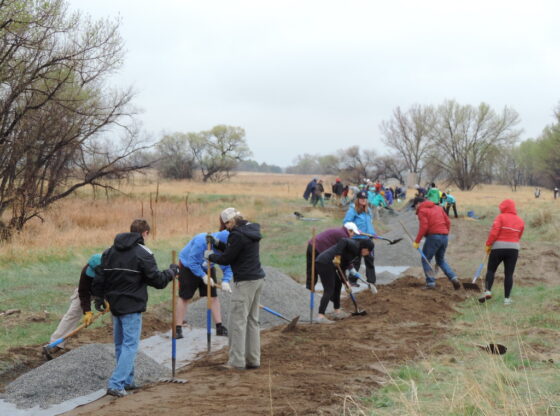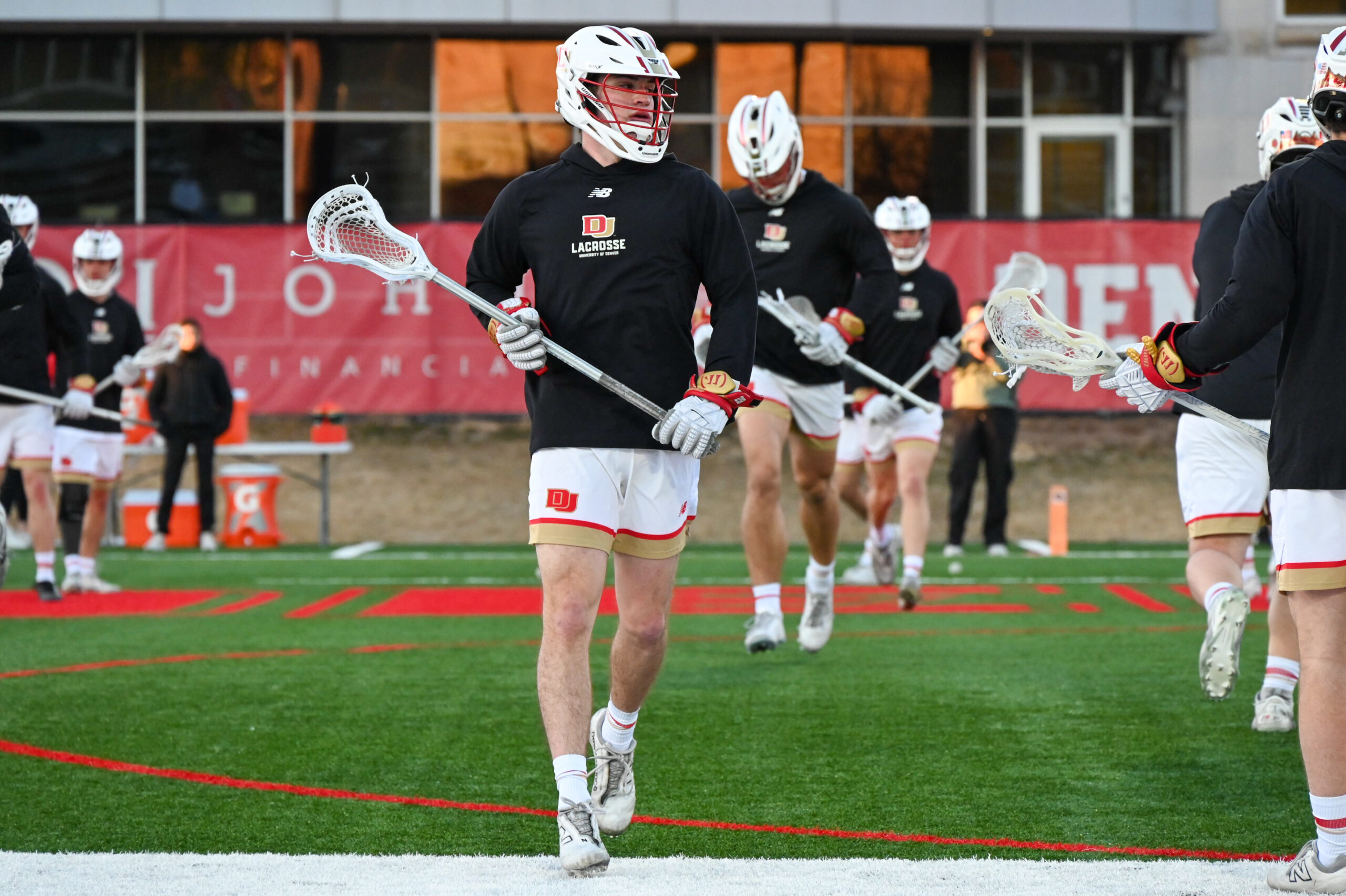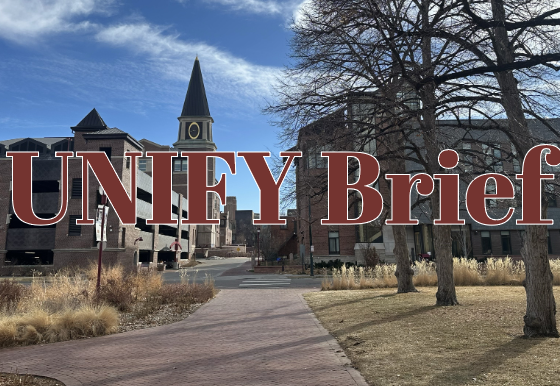A powerful discussion on issues of class and race in the wake of Hurricane Katrina was held in the Driscoll Gallery last Wednesday. “Left Behind,” was sponsored by the Black Student Alliance, the Center for Multicultural Excellence, the Center for Community Engagement and Service Learning; Disclaimer, the Partners in Learning and SCORE. “What issues did Hurricane Katrina expose in regards to race and class in America?” was the underlying question discussed. The fishbowl-style set up of discussion, compared often to discussing an issue at a home dining room table, was the first of its kind at DU. The discussion began with six DU students voicing their views on the media, race, class, poverty and how these elements interacted in the aftermath of the hurricane. The students each represented different declared majors and ranged from freshmen to seniors.The students agreed there was an insurmountable lack of coordination among agencies in New Orleans before and after Hurricane Katrina. Alisha Lewis, a transfer student from Xavier University in New Orleans said, “Going to school in New Orleans we weren’t exposed to poverty. We did not reach out to the community.” At the conclusion of the discussion among the six students, three faculty members and one law school graduate took over the fishbowl discussion. They agreed that race and poverty are linked and that Katrina exposed a national amnesia about the neglect of solving foremost problems right away. The “Left Behind” discussion left some room for the audience to comment and discuss the issues that were presented. However, many members of the audience brought up new vital issues. “We need to make sure this is not the last conversation like this here on the DU campus,” said an audience member. “I noticed my own personal response to the events and aftermath of Hurricane Katrina, and I am sure other people shared that same response,” said Karen Bensen, director of Partners in Learning. “Some things are painful, but they need to be talked about,” said Glenn Fee, associate director of Community Engagement and Service Learning. Both Bensen and Fee were the primary advocates for creating the fishbowl-style discussion. Hurricane Katrina was the first Category Five hurricane of the 2005 Atlantic hurricane season. It first hit Florida as a Category One hurricane on Aug. 25, then on Aug. 29 hit the Central Gulf Coast very close to New Orleans, as a Category Four hurricane. The storm surge of Katrina breached the levee system that protects the city of New Orleans from the Mississippi River and Lake Pontchartrain. Consequently, most of New Orleans was flooded. The flood of New Orleans exposed the problem of extreme poverty in one of America’s most vibrant cities.


